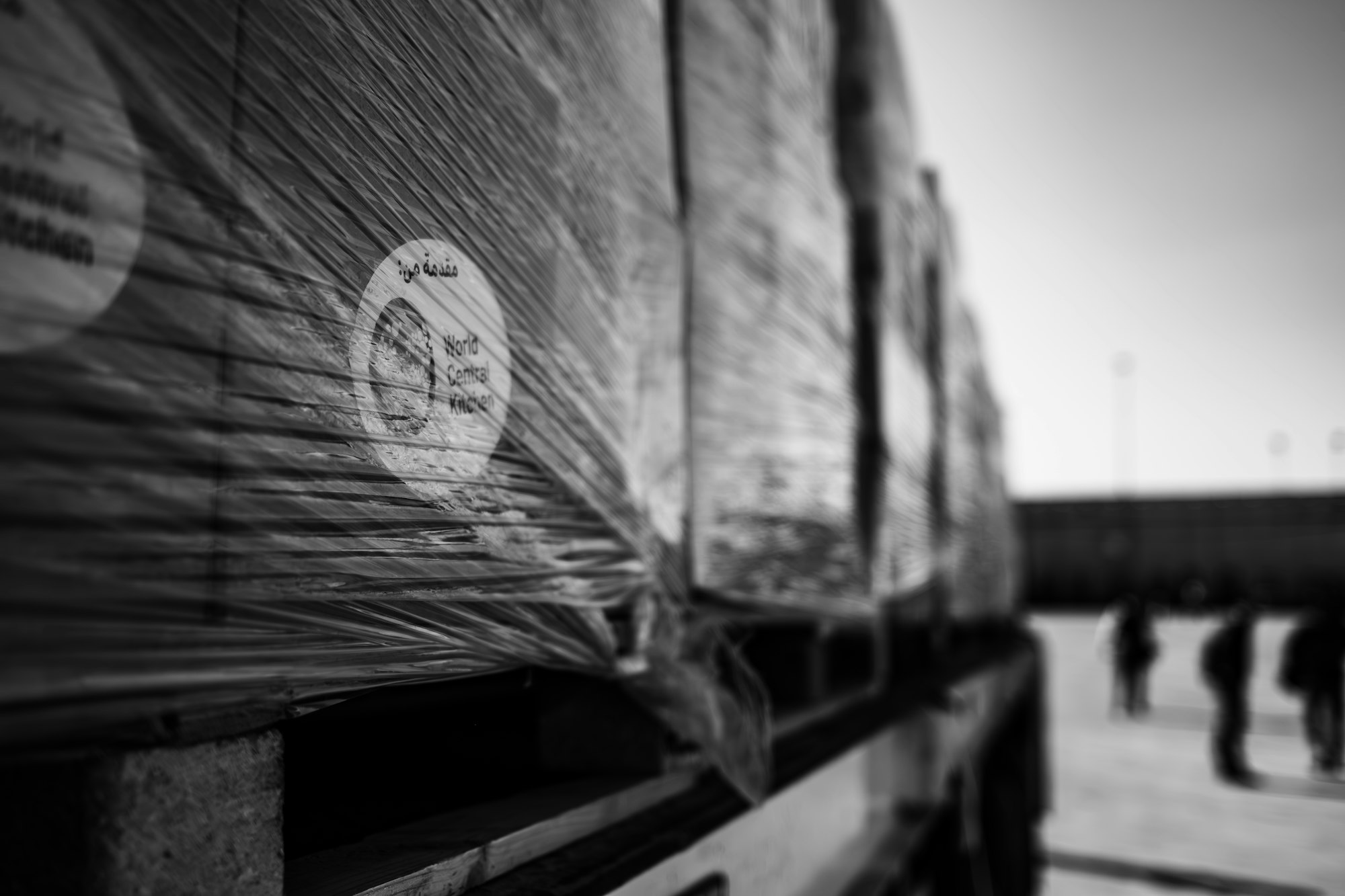The Story Behind the Viral Sensation ‘All Eyes on Rafah’
An AI-generated image revealing the tough realities of life in Rafah’s tent camps has captured the hearts of nearly 45 million Instagram users, including celebrities. Here’s why this powerful visual has become a social media phenomenon.

The Heartbreaking Image from Rafah
This poignant AI creation shows rows of tents housing displaced Palestinians and carries a compelling call to action: “all eyes on Rafah.” The image strikingly illustrates the severe conditions exacerbated by recent military conflicts in the southern Gaza Strip.
Celebrities Amplifying Rafah’s Voice
When figures like Bella Hadid and Nicola Coughlan shared the image, it dramatically boosted its visibility. Their influence demonstrates how celebrities can mobilize public attention and drive conversations around critical global issues, shedding light on neglected crises.
Rafah’s Dire Circumstances
Located near the Egyptian border, Rafah has faced severe hardships. Let’s look at the current situation:
The Devastation of Military Assaults
Recent bombings have devastated Rafah, causing massive civilian casualties and displacements. The rubble of destroyed shelters tells tales of loss and survival, as residents frantically search for survivors amidst chaos, highlighting the grim reality they face daily.
Global Leaders Call for Action
The international outcry has been loud and clear, with prominent figures like the French President and the U.N. Secretary General demanding a ceasefire and adherence to international laws, aiming to mitigate the suffering and bring peace to the area.
The Power of Social Media in Advocacy
Platforms like Instagram have become battlegrounds for activism, playing a pivotal role in shaping discussions about crises like Rafah’s. Let’s explore this influence:
Instagram as a Beacon for Activist Journalism
Despite facing censorship challenges, Palestinian journalists and activists are using Instagram to broadcast live realities from conflict zones. Their courageous efforts in using visuals to communicate the severity of the situation are reshaping public perceptions and awareness.
Navigating Content Moderation Challenges
The graphic nature of the content from Rafah poses dilemmas for social media platforms. Instagram’s strict guidelines on graphic content impact how such critical information is shared and viewed, complicating the delivery of raw, uncensored updates from the front lines.
Delve into the ‘All Eyes on Rafah’ movement, discover its global impact, the celebrity effect, and the challenges of digital activism. Experience firsthand the influence of visual media in igniting global empathy and action.

Frequently Asked Questions About ‘All Eyes on Rafah’
1. Why has the image of Rafah become so influential on social media?
The image captures the harsh realities faced by displaced Palestinians living in tent camps in Rafah, a region severely impacted by recent military conflicts. Its power lies in its ability to visually communicate the urgent humanitarian crisis, making it a poignant symbol of the struggles faced by the residents. The viral spread of the image, particularly through the support of celebrities, has turned it into a rallying cry for global awareness and action.
2. How are celebrities affecting the situation in Rafah?
Celebrities sharing the image significantly amplify its reach and impact. By using their platforms, figures like Bella Hadid and Nicola Coughlan help draw global attention to Rafah’s plight. Their involvement goes beyond mere social media posts; it encourages more media coverage and can potentially influence public opinion and policy-making, providing a voice to those in dire need of international support and empathy.
3. What challenges do journalists and activists face when sharing content from Rafah on social media platforms like Instagram?
Journalists and activists on the ground in Rafah face considerable obstacles, particularly the censorship and content moderation policies of platforms like Instagram. These platforms often have strict guidelines about graphic content, which can hinder the ability to share unfiltered visuals of the crisis. This creates a delicate balance between the need to show the world the stark reality and complying with platform rules that aim to minimize exposure to disturbing content. Despite these challenges, the determination of these reporters and activists ensures that the world gets a closer look at the realities faced in conflict zones.
Sources TIME


